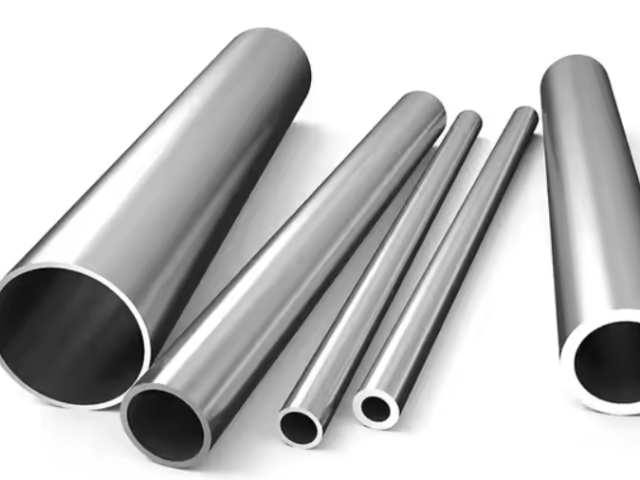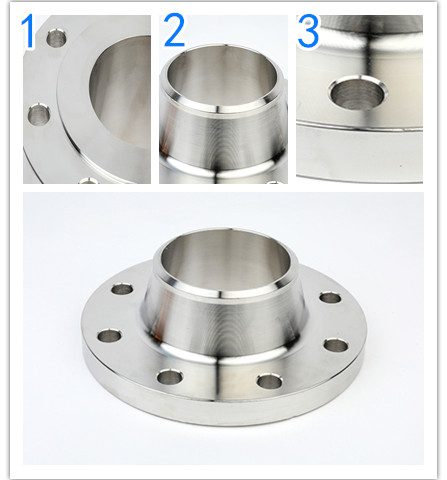
ABTER – Hochwertige Stähle !
Unsere Dienstleistungen
Rohr & Schneiden von Beschlägen :
Bearbeitungsdienstleistungen:
Schweißen:
Kundenspezifisches Biegerohr :
Inspektion und Dokumentation
C. Schweißnähte einschließlich Schweißer- und Zusatzwerkstoffzertifizierungen D. Zertifizierung für Elektropolieren oder Passivierung E. Materialzertifikate
Einfädeln & Sonderanfertigungen
Abter-Produkte

Edelstahlrohre

Vorisolierte Rohre
UNTERNEHMEN

2PE/3PE-Rohr mit Korrosionsschutzbeschichtung

Rohre aus legiertem Stahl

Kohlenstoff & Rohrverschraubungen aus legiertem Stahl

ABTER STAHL
“In der Vergangenheit 30 Jahre, Das Stahlunternehmen Abter hat sich der Rohrleitungsindustrie verschrieben.“
neueste Nachrichten & Veranstaltungen
UNS S32750 stainless steel pipe is a super duplex grade that offers exceptional corrosion resistance, hohe Festigkeit, und Haltbarkeit. Its chemical composition, including elements such as chromium, Nickel, und Molybdän, contributes to its unique properties. With a yield strength of ≥ 550 MPa and a tensile strength of ≥ 750 MPa, UNS S32750 stainless steel pipe can withstand high levels of stress and pressure. Its wide range of applications includes oil and gas, chemische Verarbeitung, and marine industries.
Titanium and titanium alloy pipes, manufactured according to ASTM B861, ASTM B862, und ASTM B338, offer exceptional properties and advantages for various industries. Ihre Korrosionsbeständigkeit, hohe Festigkeit, leichte Natur, and other unique characteristics make them ideal for applications in aerospace, chemische Verarbeitung, medical, Öl und Gas, and many other sectors. By adhering to the specified standards and following proper fabrication and installation procedures, the performance and longevity of titanium and titanium alloy pipes can be maximized.
Hastelloy B-2 ist eine vielseitige Legierung, die für ihre außergewöhnliche Korrosionsbeständigkeit in anspruchsvollen Umgebungen bekannt ist, Dies macht es zu einer bevorzugten Wahl für verschiedene industrielle Anwendungen, bei denen die Beständigkeit gegenüber reduzierenden Umgebungsbedingungen von entscheidender Bedeutung ist.
By adding a high amount of metals such as chromium and molybdenum to the 2507 Material, Duplex 2507 Spectacle Bind Spacer Ring becomes extremely resistant to uniform corrosion or General Corrosion, when exposed to environments that contain organic acids like acetic and acetic formic acid. Further, ANSI B16.5 UNS S32750 Flange exhibits excellent resistance to inorganic acids as well, especially in the presence of media that could contain chlorides. Although the ASTM A182 F53 Pipe Flange can be used in dilute hydrochloric acid, exposure to concentrated hydrochloric acid must be avoided. Due to the low carbon content of Duplex Flange, there is a low risk or minimal risk of the occurrence of carbide precipitation at the grain boundaries during heat treatment.
JIS G3461 Carbon Steel Tubes is used for exchanging heat on the inside and outside of the tube, wie zum Beispiel Wasserschläuche, Rauchrohre, superheater tubes and air preheater tubes of the boiler, und Wärmetauscherrohre,condenser tubes and catalyser tubes used in chemical and petroleum industries. It is not applicable to the steel tubes for heating furnace and steel heat exchanger tubes for low temperature service. Grad:G3461 STB340 (STB35), G3461 STB410(STB42), G3461 STB510 (STB52) Outer Dimensions: 19.05mm – 168.3mm Wall Thickness:2.0mm – 14 mm Length: max 19000mm
Stainless steel forged butt weld neck flanges are essential components in industrial piping systems. Their strength, Haltbarkeit, and leak-proof design make them suitable for a wide range of applications in various industries. By understanding their features, Leistungsbeschreibung, und Anwendungen, you can make informed decisions when selecting and installing these flanges. Remember to consult industry standards and guidelines for proper installation and maintenance procedures. With the right knowledge and expertise, you can ensure the integrity and efficiency of your piping system with stainless steel forged butt weld neck flanges.












